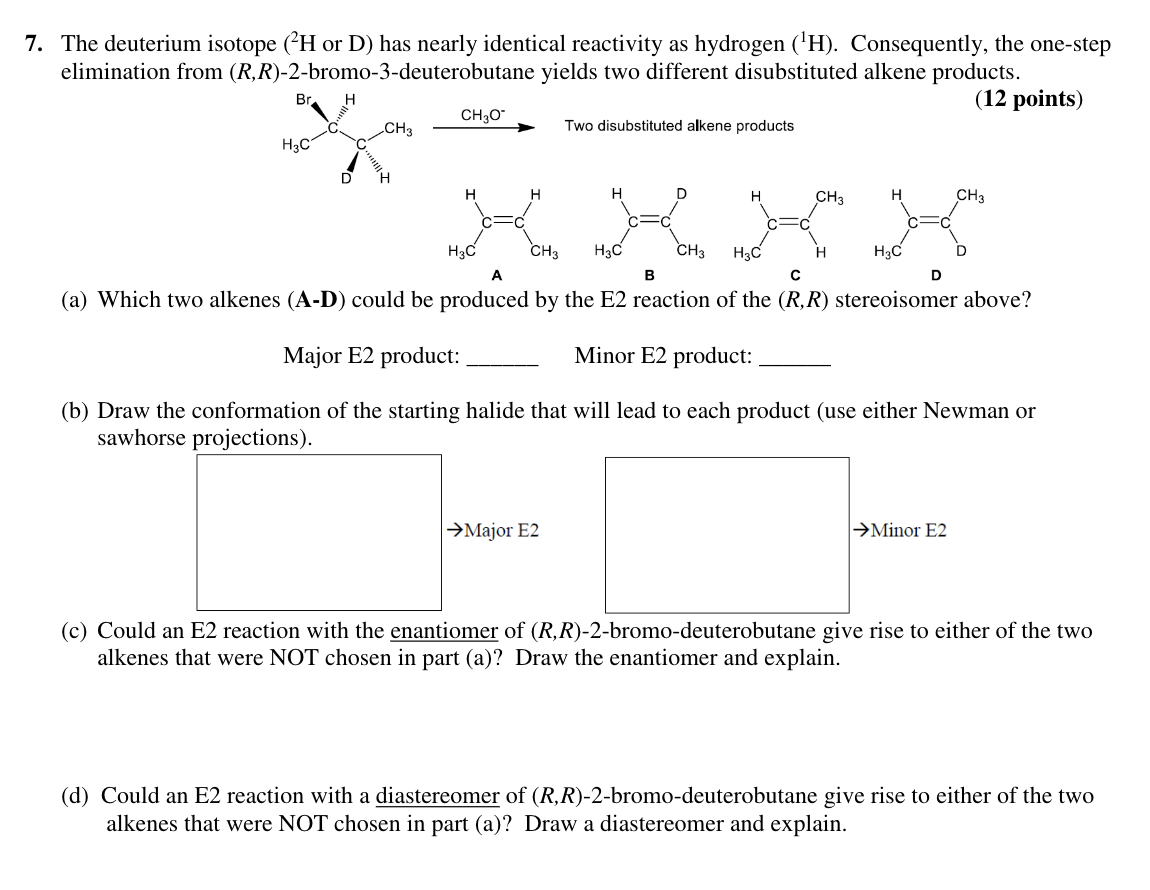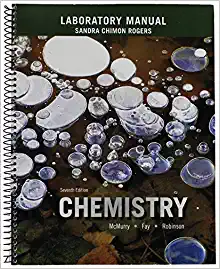Answered step by step
Verified Expert Solution
Question
1 Approved Answer
The deuterium isotope (2H or D) has nearly identical reactivity as hydrogen (1H). Consequently, the one-step elimination from (R,R)-2-bromo-3-deuterobutane yields two different disubstituted alkene products.

Step by Step Solution
There are 3 Steps involved in it
Step: 1

Get Instant Access to Expert-Tailored Solutions
See step-by-step solutions with expert insights and AI powered tools for academic success
Step: 2

Step: 3

Ace Your Homework with AI
Get the answers you need in no time with our AI-driven, step-by-step assistance
Get Started


